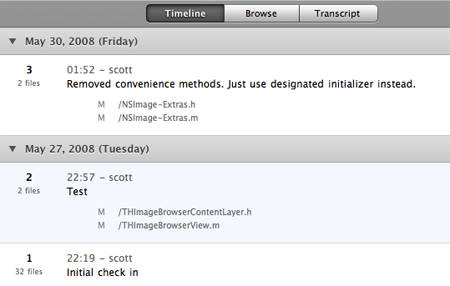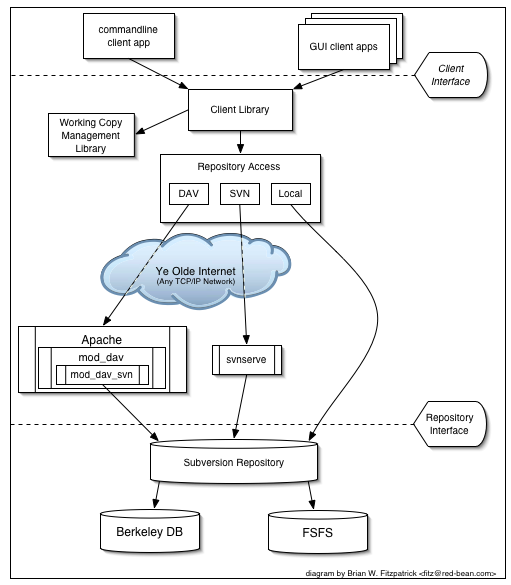

But in some places, like Rhode Island and California, severe staffing shortages have led to contingency plans that allow providers still testing positive to return to work. Updated guidance from the Centers for Disease Control and Prevention that shortens isolation time after testing positive for the virus allows health care workers to return to work earlier. When a health care worker falls ill, another steps in to cover the shifts.


Some hospitals in the United States have lost 15 percent of their work force or more. But many hospitals are seeing their highest levels of employee infections of the pandemic. as patients or dying, as some did in 2020. Thankfully, nearly all my colleagues on the front line are now vaccinated, so I am not worried that I will see them coming into the E.R. What’s in critically short supply now is health care providers, and qualified staff members are significantly harder to scale up than supplies or space. When patients piled up, we built makeshift treatment centers in tents, sports stadiums and floating ships. In March 2020, we clamored for critical supplies like masks and gowns. This influx of coronavirus-positive patients is also creating another source of infection for health care workers, who are being sidelined in numbers I’ve never seen before. The greatest relief has come from the vaccines, which keep people out of the hospital, regardless of the variant. Although currently in very short supply, oral antivirals are highly effective at reducing Covid hospitalizations. We now know that administering oxygen at high flow rates through the nose substantially improves patient outcomes. We also have good treatment tools: Cheap, widely available medications like steroids have proved to be lifesavers for Covid-19 patients. And the majority of patients haven’t needed supplemental oxygen, either. I haven’t needed to put any Covid-19 patients on a ventilator so far.

Our intensive care units filled beyond capacity, and yet patients kept coming. Many of my patients needed supplemental oxygen, and the sickest needed to be put on ventilators. In March 2020, nurses and doctors rushed between patients, endlessly trying to stabilize one before another crashed. As the Omicron tsunami crashes ashore in New York City, the comforting news that this variant generally causes milder disease overlooks the unfolding tragedy happening on the front lines.Īs an emergency room doctor fighting this new surge, I am grateful that vaccines and a potentially less lethal variant have meant that fewer of my patients today need life support than they did at the start of the pandemic.


 0 kommentar(er)
0 kommentar(er)
